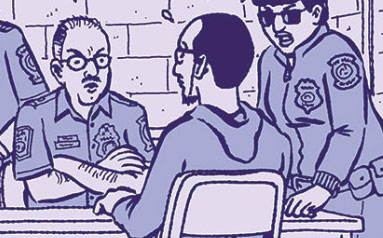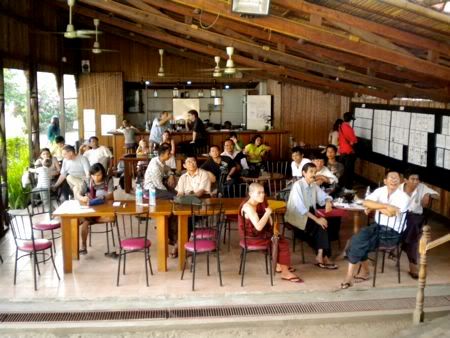Whenever I debated the pros and cons of being a cartoonist, I never considered that it was inherently a dangerous job. (Unless you’re Joe Sacco, running around in war zones.) But I had to re-evaluate that after the events of January 7, and the massacre of five cartoonists (and seven others) at the French satirical weekly Charlie Hebdo.
The last week has been a crazy one, trying to process the events, the manhunt for the killers, the related events at the Paris kosher grocery, the outpouring of pain and outrage, Je suis Charlie, Je suis Ahmed, the backlash, and so on and so on.
The day of the shooting, as things were still unfolding, I was asked to come in to the studios of NowThis News and deliver a “rant” on the events. I didn’t know any of the cartoonists killed. I’d never read Charlie Hebdo (though I knew of its reputation, and its previous run-ins with “angry readers.”) But as a fellow cartoonist, I figured I had some kind of perspective on what had happened. I wish I had been more articulate, more forceful, but I think you can see I was still in a state of shock. Anyway, here’s the video.
I’ll be heading to France myself in less than two weeks, to attend my second Angoulême International Comics Festival (and to also do some signings in Paris). I imagine it will be quite a scene there, what with the various tributes to be held, the changed security situation, and so much more I can’t even imagine. I’ll be sure to take plenty of notes.
Finally, most importantly. Matt Bors, cartoon editor of Medium‘s “The Nib” (publisher of some of my work) has put together an amazing special section on the Charlie Hebdo killings. He commissioned work from seven cartoonists with specific ties to the world of satire, Islam, French culture—even one of the original cartoonists from the 2005 Danish cartoon controversy. The result, “Laugh, Cry, Be Offended,” is an incredible collection of heartfelt, thoughtful words and pictures that addresses so many of the issues brought up in the wake of the killings: free speech, racism, Islamophobia… every single piece demands your undivided attention:
- “I Still Can’t Believe It,” by James Van Otto—a French cartoonist discusses his relationship to Cabu, one of the assassinated cartoonists.
- “If We Back Down On This, What’s Next?“, by Ann Telnaes—the Pulitzer Prize-winning editorial cartoonist for the Washington Post reminds us what free speech actually means.
- “I’m a Muslim Who Fights for Free Speech,” by Albaih—a Sudanese political cartoonist criticizes Charlie Hebdo for what he saw as racist, anti-Islam cartoons, at the same time as he laments the attacks. And he reminds the world—as someone who has never fully enjoyed free speech—not to take it for granted.
- “I Drew a Muhammad Cartoon. It Didn’t Go Well,” by Annette Carlsen—one of the infamous Danish cartoonists thoughtfully dissects the events of 2005, which in some ways led to last week’s shootings.
- “Satire Is Dead. And Cartoonists Killed It,” by J.J. McCullough—a self-proclaimed conservative Canadian cartoonist breaks down Charlie Hebdo‘s satire for ignorant American audiences—and hilariously skewers both American political correctness and Charlie “solidarity” cartoons.
- “It’s Not About Islam,” by Safdar Ahmed—an Australian artist and academic sheds a despairing light on the events; his complex argument includes the cheery thought, “Islamophobes share with Muslim extremists the apocalyptic fantasy of a global war between Islam and the West, making such cartoons a force for mobilization.”
- “They Killed My Idols,” by Emmanuel “Manu” Letouzé—a French cartoonist (and United Nations economist) pays tribute to murdered cartoonists Tignous, Cabu, and Charb. Must-reading.
Two days before the horrific events of Jan. 7, “The Nib” published my own story, “Crossing the Line,” about the unprovoked harassment of American Muslims at the U.S.-Canadian border. It’s really important to remember that we can’t allow events like 9/11, like January 7, to compromise our American values—freedom of religion is part of the same amendment that protects freedom of speech. The same goes for the presumption of innocence. Only by holding fast to these fundamental values can we ensure that the terrrorists don’t “win,” and that Safdar Ahmed’s apocalyptic prophecy will not come to pass.









